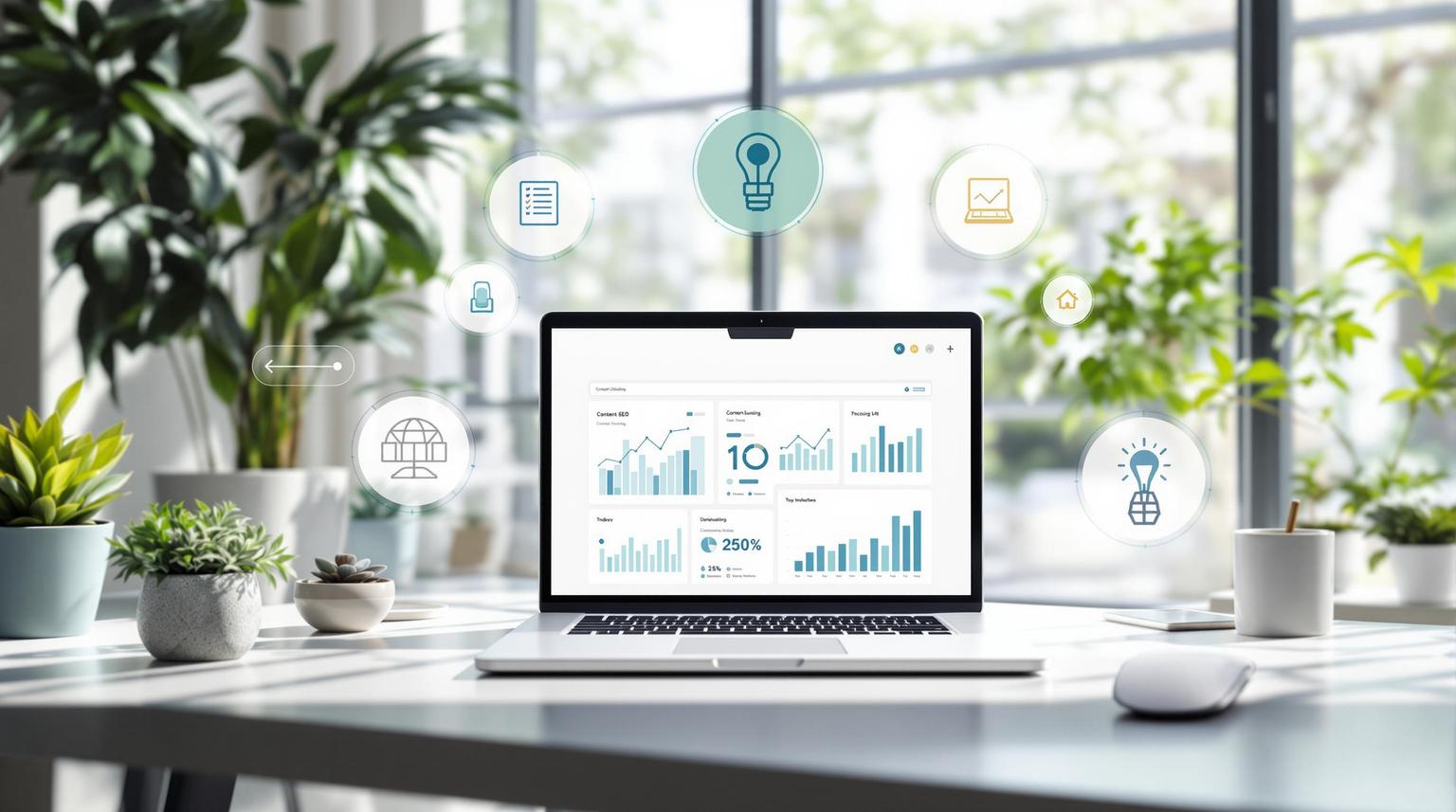A good subscription cancellation flow isn’t just about letting customers leave - it’s also about learning why they’re leaving, offering alternatives, and leaving a positive final impression. Here’s how to do it:
- Make Canceling Simple: Ensure the process is easy to find and straightforward, complying with regulations like ROSCA.
- Ask for Feedback: Use short, optional surveys to understand why customers are leaving.
- Offer Alternatives: Suggest options like downgrading, pausing, or customizing the plan to fit their needs.
- Highlight Benefits: Remind users of the value they’ve gained from your service using personalized data.
- Confirm and Clarify: Provide clear details about the cancellation, including final dates, billing, and data handling.
- Provide a Path to Return: Make it easy for customers to reactivate their accounts later.
- End Positively: Thank customers for their time, ensuring the process feels professional and respectful.
- Use Feedback to Improve: Analyze the feedback to identify trends and address common issues to reduce future churn.
Related video from YouTube
Tips for Creating Better Cancellation Flows
Make sure your cancellation process is straightforward and complies with regulations like ROSCA and California's Automatic Renewal Law. These laws require that canceling a subscription be just as easy as signing up for one.
Keep the Process Simple
A clear and easy-to-access cancellation process is essential. Customers should be able to find cancellation options directly in account settings or subscription management pages - no hidden buttons or confusing navigation. Transparency is key here, and adding unnecessary steps will only create frustration. Once you've simplified the process, the next step is to gather insights from those choosing to leave.
Ask for Feedback
Use a short and focused feedback form during the cancellation process to understand why customers are leaving. Keep it optional and quick - long surveys can annoy users and may lead to incomplete responses.
For example, Powtoon includes a concise survey during cancellations to collect useful feedback without overwhelming users. This approach has helped them pinpoint why customers cancel and adjust their strategies to improve retention.
Offer Alternatives to Canceling
Before finalizing a cancellation, consider offering personalized options based on the customer's usage or feedback. These could include downgrading to a cheaper plan, pausing the subscription, or tweaking features to better suit their needs.
The trick is tailoring these alternatives using real customer data. For instance, if a customer mainly uses basic features, suggesting a lower-tier plan could be more appealing than offering a temporary discount on their current subscription. This approach helps maintain the relationship while addressing their specific concerns.
Remind Customers of the Benefits
After offering alternatives, it's important to highlight the value your service brings to your customers. When someone considers canceling, showing them how your service has already helped them can guide their decision-making.
Use personalized data to showcase their progress and successes. For example, share details like the number of projects they've completed, time they've saved, or goals they've reached while using your service. These specific insights make the benefits of staying subscribed more tangible and relatable.
Go a step further by connecting their current achievements to future possibilities. Show how maintaining their subscription aligns with their long-term goals. If a customer expresses dissatisfaction, point out features they might not be using that could address their concerns. This tailored approach not only highlights the immediate value of your service but also helps them see what they might miss out on by canceling.
sbb-itb-645e3f7
Make Canceling a Positive Experience
When customers decide to cancel, it’s an opportunity to leave a lasting, positive impression. A smooth and respectful cancellation process not only shows you value their choice but also keeps the door open for future engagement.
Confirm the Cancellation Clearly
A clear and straightforward cancellation process helps avoid confusion and frustration. Make sure users receive immediate confirmation that their subscription has been canceled. This reassurance can go a long way in reducing any lingering uncertainty. Be sure to include key details, such as:
- The exact date their service will end
- Any remaining access they still have
- What will happen to their data
- Final billing information
With regulations like ROSCA and California's ARL in place, businesses are now required to provide simple, "click-to-cancel" options for online subscriptions. The cancellation process should be just as easy as signing up.
Offer a Path to Reactivation
Providing an easy way for customers to return can improve retention in the long run. Show options for reactivating their account, along with tailored offers or solutions that address their needs. This makes it easier for them to come back if they change their mind, while also showing that you understand their concerns.
End on a Good Note
Zoom sets a great example by combining feedback collection, clear updates on account status, and reactivation options. They ensure the cancellation process is professional and respectful. Take a similar approach by thanking customers for their time with your service and offering transparency about next steps, like exporting their data or closing their account.
The goal is to ensure customers leave feeling respected and valued, even as they part ways. A positive final interaction can make all the difference.
Use Feedback to Improve
Digging into cancellation feedback can reveal valuable insights to help refine your product and lower churn rates. By consistently analyzing this data, you can spot trends and make informed changes to your service.
Review Survey Results
Short, targeted surveys work best for gathering feedback - they tend to get more responses. Look for patterns in what customers are saying. Are they mentioning pricing concerns? Missing features? Issues with support? These recurring themes can guide your next steps.
Adjust Offers Based on Feedback
Use what you learn to create personalized responses to customer concerns. For instance, if pricing is a sticking point, consider offering discounts. If it's about missing features, provide trial access to premium options or suggest plans that better suit their needs. Powtoon is a great example of this in action: they’ve built dynamic cancellation flows that adapt to customer feedback. When pricing is flagged as an issue, they offer discounts. If features are the problem, they suggest upgrades or alternatives.
Once you’ve tackled individual concerns, it’s time to address the bigger picture by focusing on the feedback that comes up most often.
Act on Customer Feedback
Don’t let feedback sit idle - use it to make meaningful changes. Whether it’s adding new features, rethinking your pricing, improving customer support, or offering better user education, take steps to resolve the most common reasons behind cancellations.
Conclusion
Key Takeaways
A well-thought-out cancellation process can play a major role in how customers view your brand and whether they stick around. The goal is to keep things simple while offering meaningful options. Make it easy for customers to cancel, but don’t miss the chance to gather feedback or suggest alternatives. For example, Powtoon showed how tailoring the cancellation experience using customer data and insights can boost retention. Plus, staying compliant with regulations not only builds trust but also strengthens customer relationships.
By following these steps, businesses can turn cancellations into opportunities to learn and grow.
Turning Cancellations into Retention Opportunities
The best cancellation processes strike a balance between what the business needs and what the customer wants. Think of cancellations as a chance to learn and improve. They allow you to gather important feedback while respecting the customer’s decision. This approach doesn’t just help retain some users through personalized offers - it also keeps the door open for them to return in the future.
Use the feedback you collect to make your service better. Whether it’s tweaking pricing, adding features, or improving support, these insights can help you address issues that might otherwise lead to more cancellations. A structured approach to listening and acting on customer feedback ensures your service stays relevant and effective.


